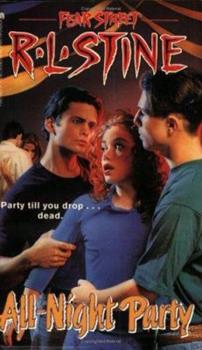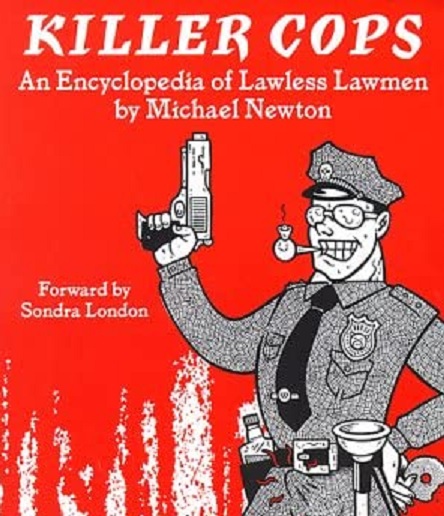In this 1995 book from R.L. Stine, a group of wealthy teenagers decide to take a vacation from Fear Street and Shadyside High. They decide to spend the weekend skiing but, once they reach their mountain lodge, they end up getting hit by a blizzard. They’re going to be trapped inside for a day or two. Because the storm took out all the phone lines (and since this book is from the age when everyone was dependent on a landline), they are cut off from the world. If anything bad happens in the cabin, there will be no way to get help. If anyone is driven to kill someone else, there will be no way to call the police.
Now, if I was in that situation, I would probably try to pass the time in the safest and least dramatic way possible. I mean, if you’re going to be stuck with a group of people for a day or two, you should probably try not to do anything that could cause anyone to lose their temper. The best thing to do is try to have fun and not obsess on the situation. However, since this is an R.L. Stine book, everyone decides to play Truth or Dare.
Great idea! Nothing bad has ever happened as a result of playing Truth or Dare!
Though I played it a few times and I always managed to survive, Truth or Dare is still a strange game to me. First off, why wouldn’t you just automatically take the dare? But, beyond that, there’s this weird assumption that everyone is just automatically obligated to follow the rules of Truth or Dare, even if it means hurting someone. Inevitably, anyone playing Truth or Dare is going to have at least one deep dark secret that they are going to get asked about, something like: “Did you cheat on your partner?” And instead of just saying, “No,” even if the answer is “Yes,” they always reply, “I’ll take a dare instead.” Well, just the fact that you took a dare at that point is pretty much the same thing as answering yes. There’s really no way to win this game, other than to lie whenever you’re asked a question that could potentially lead to you being murdered. But that would mean breaking the rules of Truth or Dare! It would apparently be better to die. I guess it’s all about ethics.
Anyway, not surprisingly, the game of Truth or Dare does lead to someone being murdered. They get a hatchet in the back and the killer leaves it there to be discovered by the rest of the group. AGCK! This killer isn’t messing around. Anyway, you can probably guess where all this leads. The initial suspect looks guilty but is actually innocent. The killer is the person that most people would least expect. Stine mentions that chair lift enough times that you just know it’s going to be the setting for the climax of the story. It’s a typical R.L. Stine novel but it is one that teaches an important lesson. For the love of all things good and decent, do not play Truth or Dare!









